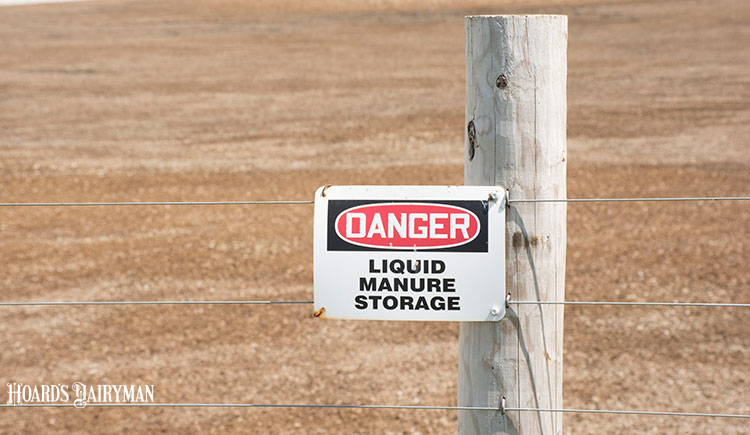
Think that all manure is basically the same? Think again.
“There’s a lot of variation in manure,” said University of Wisconsin-Platteville’s Chris Baxter during his presentation at the North American Manure Expo in Arlington, Wis.
Baxter explained that livestock housing, waste storage, manure handling, and manure treatment add significant variation that can affect nutrient content and availability. “It’s a good idea to sample if you really want to fine-tune your nutrient credits,” he said.
What do you get for your $22 manure sample test? Baxter said that a basic analysis estimates the first, second, and third year nutrient availability (based on research values) of nitrogen (N), phosphorus (P), potassium (K), and sulfur (S). These numbers are calculated as pounds per ton of solid manure or pounds per thousand gallons of liquid manure.
Baxter shared that P and K are more similar to fertilizer, in that their availability doesn’t change much year to year. Nitrogen availability, however, is more variable, and depends on when the manure is incorporated, livestock species of origin, solids content, and so forth. Sulfur behaves more like N than P or K and varies.
He indicated that the book values, which are based on research, account for some but not all of the nutrient variation in manure. Again, that highlights the importance of manure testing.
Baxter said that sampling before application ensures you receive the results in time to make adjustments based on nutrient content. Unfortunately, it may not accurately reflect the properties of the manure if changes occur between the time of sampling and application.
Testing at application means that the sample is representative of what is being applied to the field, but there is a risk of overapplication because modifications can’t be made.
With consistent farm management, Baxter recommends sampling manure every three to five years, unless required more often in a CAFO (Concentrated Animal Feeding Operation) permit. New facilities should plan to test manure annually for three to four years to develop a sample history. Samples should also be taken when major changes occur, such as a change in animal numbers, new bedding, ration modifications, or changes in manure storage, handling, and treatment.
(c) Hoard's Dairyman Intel 2017
August 28, 2017








